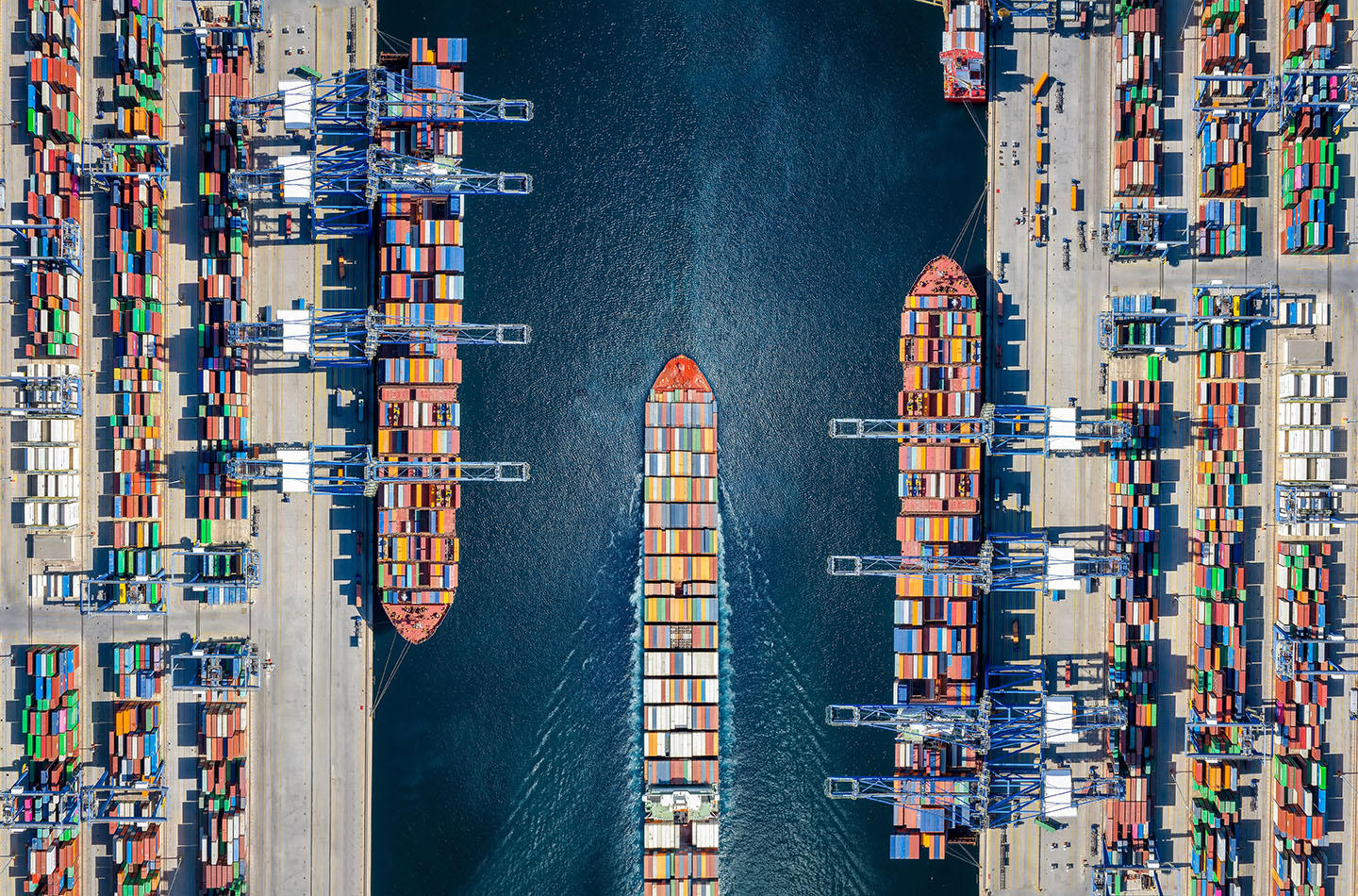Hafen Hamburg: Management and Data Driven Operations of Logistic Terminals
Hafen Hamburg is a leading German logistics company operating at the Port of Hamburg—Europe’s second busiest commercial transport hub. For over 125 years, Hafen Hamburg has provided cargo handling and multimodal transport services through its three container terminals: Altenwerder, Burchardkai, and Tollerort.

Goals and Challenges
To maintain service quality and meet growing demand, Hafen Hamburg aimed to double the container capacity at the Burchardkai terminal by increasing container stacking from three to five tiers. Achieving this required a new automated process, as well as expanded energy and lighting infrastructure. However, Hafen Hamburg faced challenges in 24/7 process monitoring, technical device control, and the lack of centralized process management, which hampered operational efficiency.
Solutions and Products
To address these needs, Hafen Hamburg adopted AVEVA software platform. Key products implemented were:
- AVEVA System Platform, AVEVA Historian Database and AVEVA InTouch HMI
Implementation and Results
The modular, scalable AVEVA solution enabled system-wide changes regardless of underlying hardware/software, supporting Hafen Hamburg's capacity expansion goals. It also allowed for the potential replication of the system at other terminals.
Burchardkai Terminal Efficiency
Efficient terminal management is vital to Hafen Hamburg's success, particularly with energy usage directly tied to operations like lighting and climate control. Hafen Hamburg manages over 15 million containers annually and built a compact warehouse to enable five-tier stacking, significantly improving throughput and reducing transit times.
Upgraded Management System
Previously, energy and air conditioning were managed locally, while lighting relied on autonomous systems with manual meter readings. Shut-off valves for flood control were also manually operated. The new centralized AVEVA-based system integrated control of lighting, energy distribution, water supply, and consumption data recording. Infrastructure such as lighting systems, pumping stations, and power distribution are now all managed from one control room.
AVEVA System Platform Integration
The AVEVA System Platform provided a scalable base for SCADA, HMI, and MES functionalities. It integrated seamlessly with HHLA’s existing Siemens SIMATIC PLC controllers, supporting over 60 users via the fieldbus network. The platform handled visualization, data logging, and critical process controls like alarms, security, scripting, I/O, and system diagnostics.
Automation with AVEVA InTouch HMI
Developed by AVEVA certified system integrators, the automation application used standard object templates in AVEVA InTouch, streamlining change management. AVEVA InTouch enabled remote facility visualization within a terminal server environment, offering a consistent user interface across platforms. This improved real-time visibility and empowered operators to make faster, more informed decisions.
Standardization, Scalability, and Profitability
Standardization across Hafen Hamburg's infrastructure simplified installation and reduced long-term service costs. The AVEVA System Platform's modularity supported scalable system upgrades. Clients accessed the application server via terminal servers, allowing flexible development and deployment of new visualization functions from a dedicated development station.
Competitive Advantages
The automation of Hafen Hambug's container terminals transformed operations. Manual processes were eliminated, reducing errors and improving efficiency. Now, operators control the entire Burchardkai terminal from a single, centralized interface.
Key Benefits of AVEVA Software Platform
- Effective continuous data collecting: managing and storing long time data to allow data driven operations
- Data Management: Efficient storage and retrieval for better decisions
- Real-Time Monitoring: Immediate operational insights and faster response
- Scalability: Grows with infrastructure needs
- Improved Efficiency: Less manual work, fewer errors
- Cost Savings: Optimized energy and resource management